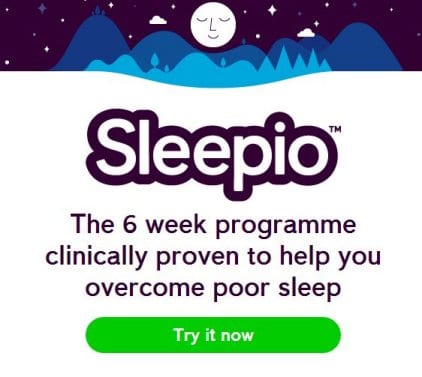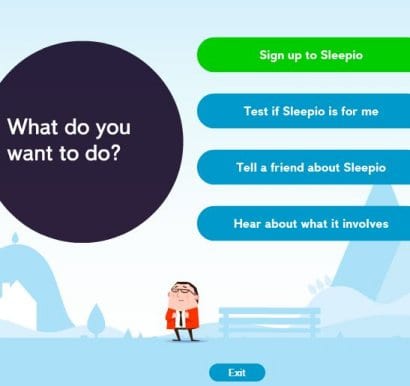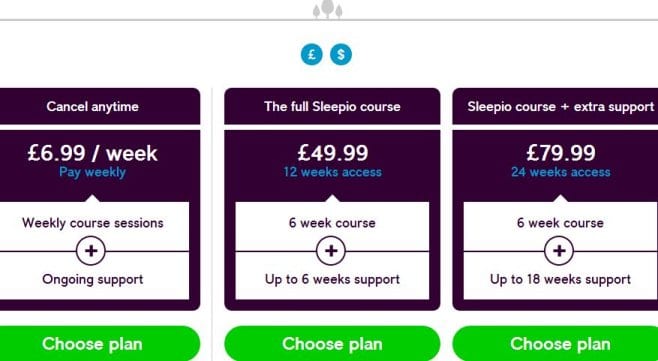Sleepio is an online sleep improvement program based on Cognitive Behavioural Therapy. The site includes videos hosted by Vimeo and they all have the standard user control bar with stop, play and pause buttons enabling the user to – stop, play and pause. This makes all the more frustrating that the Sleepio animated environment itself has none of the these essential components. The only way is exit.
You can’t jump back to listen again, increase the animation text size and there are no alternative format such as subtitles, captions or a transcript.
Sleepio wants your money. There are a number of ways to pay for the program. Costs include an online community and online tools, all of which appear within the animation format. But it is only available to those with the prerequisite means of access.
This site is an example of the inaccessible nature of the world wide web/internet and how discriminatory online environments are becoming. This isn’t a case of being pedantic, or poor use of time in scoping the images on the site, it’s about fundamental equality legislation which is increasingly invisible in the design and delivery of online information.
The Guardian today carries an article on insomnia which is a thinly disguised advertisement for the Sleepio product. Maybe the Guardian itself should adopt a position of greater responsibility and refuse to promote websites which fail such basic accessibility requirements. It’s time someone in a position to be influential addresses the issue of digital literacies which fail to address digital exclusion.


